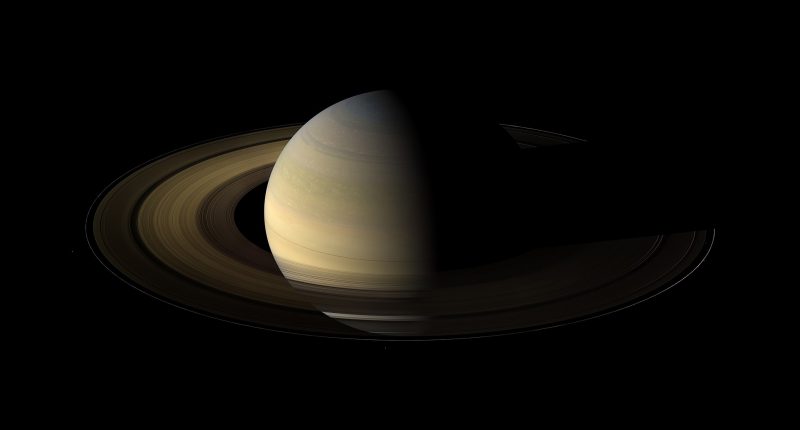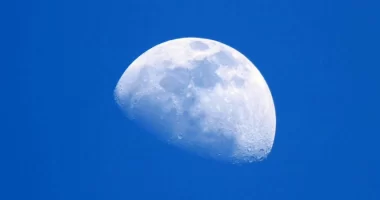Saturn’s rings could be the aftermath of a moon that was ripped apart by the planet’s gravity, according to scientists The research, based on data from the final stage of Nasa’s Cassini mission, suggests that Saturn may have been ringless for almost all of its 4.5 billion year existence. But about 160 million years ago, an inner moon strayed too close to the gas giant causing it to be pulled apart, painting out its own orbit in a trail of shattered fragments.
The hypothetical lost moon has been nicknamed Chrysalis.
“Just like a butterfly’s chrysalis, this satellite was long dormant and suddenly became active, and the rings emerged,”
said Jack Wisdom, a professor of planetary science at Massachusetts Institute of Technology and lead author of the study.
Wisdom’s team initially set out to explain why Saturn is tilted by about 27 degrees on its axis. Theoretical models had indicated that the tilt was probably due to Saturn being trapped in a gravitational resonance with Neptune. But these kinds of models are often sensitive to small changes in a wide range of variables.
As the Cassini mission, which orbited Saturn from 2004 to 2017, filled in details of everything from the inner composition of Saturn to the dynamics of the planet’s 83 moons, the original explanation fell apart. These new details suggested that Saturn had, at some point in the past, fallen outside Neptune’s grasp.
This led the scientists to search for potential disruptive events that could have caused this. The lost moon scenario provided an unexpectedly neat fit for the data.
“We set out to try to explain the tilt of Saturn, But we found that we had to propose an extra satellite and then get rid of the satellite again.”
said Wisdom
Wisdom and his colleagues ran simulations to determine the properties of the hypothetical moon. These suggested that, between 100m and 200m years ago, Chrysalis entered a chaotic orbital zone and experienced a number of close encounters with Saturn’s moons Iapetus and Titan. It eventually came too close to Saturn, and this dramatic encounter ripped the moon into fragments, leaving a debris-strewn ring in its wake.
Saturn’s rings weigh about 15 million trillion kgs and are made almost entirely of ice about 95% of which is pure water while the rest is rock and metals.






